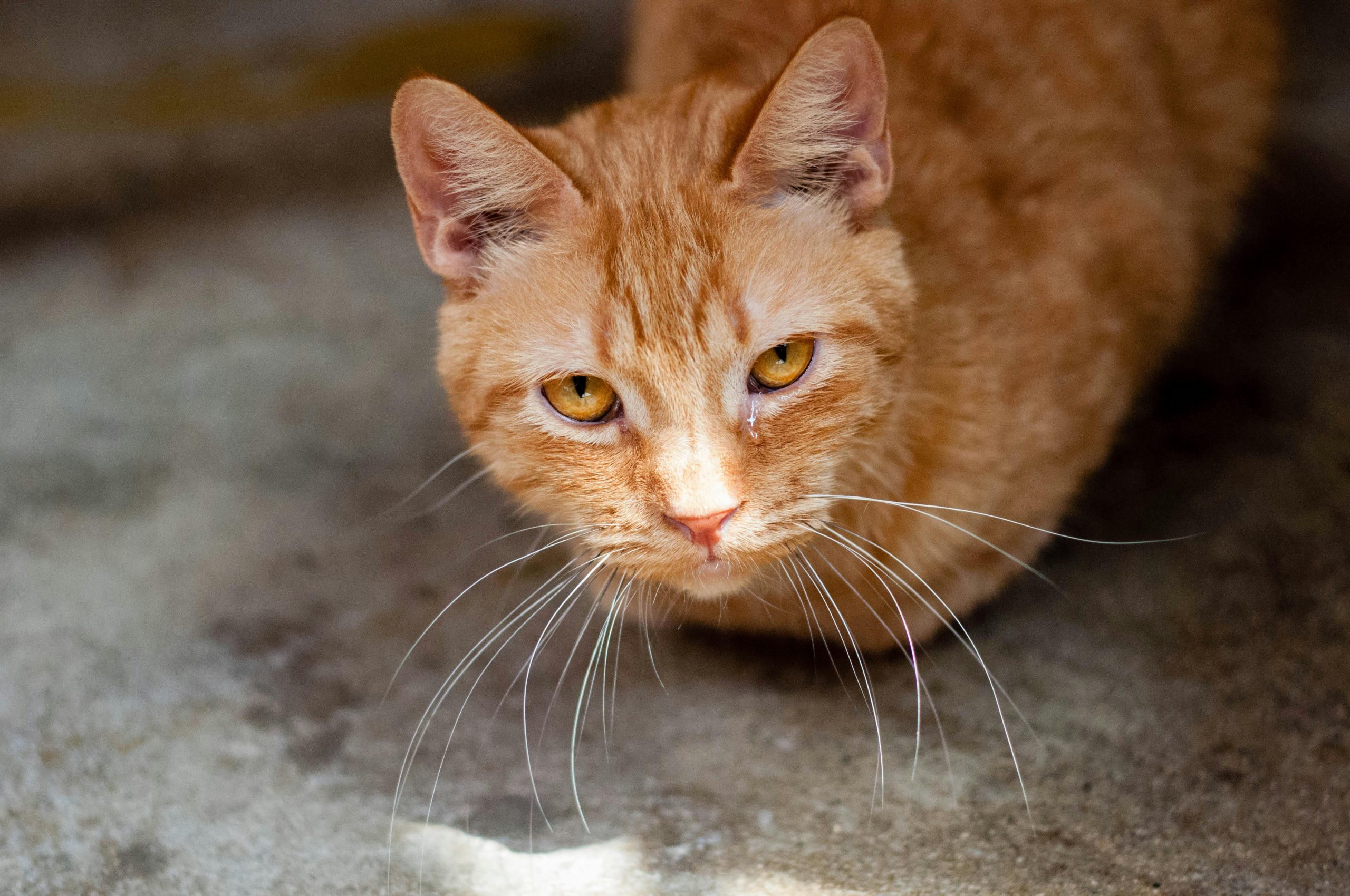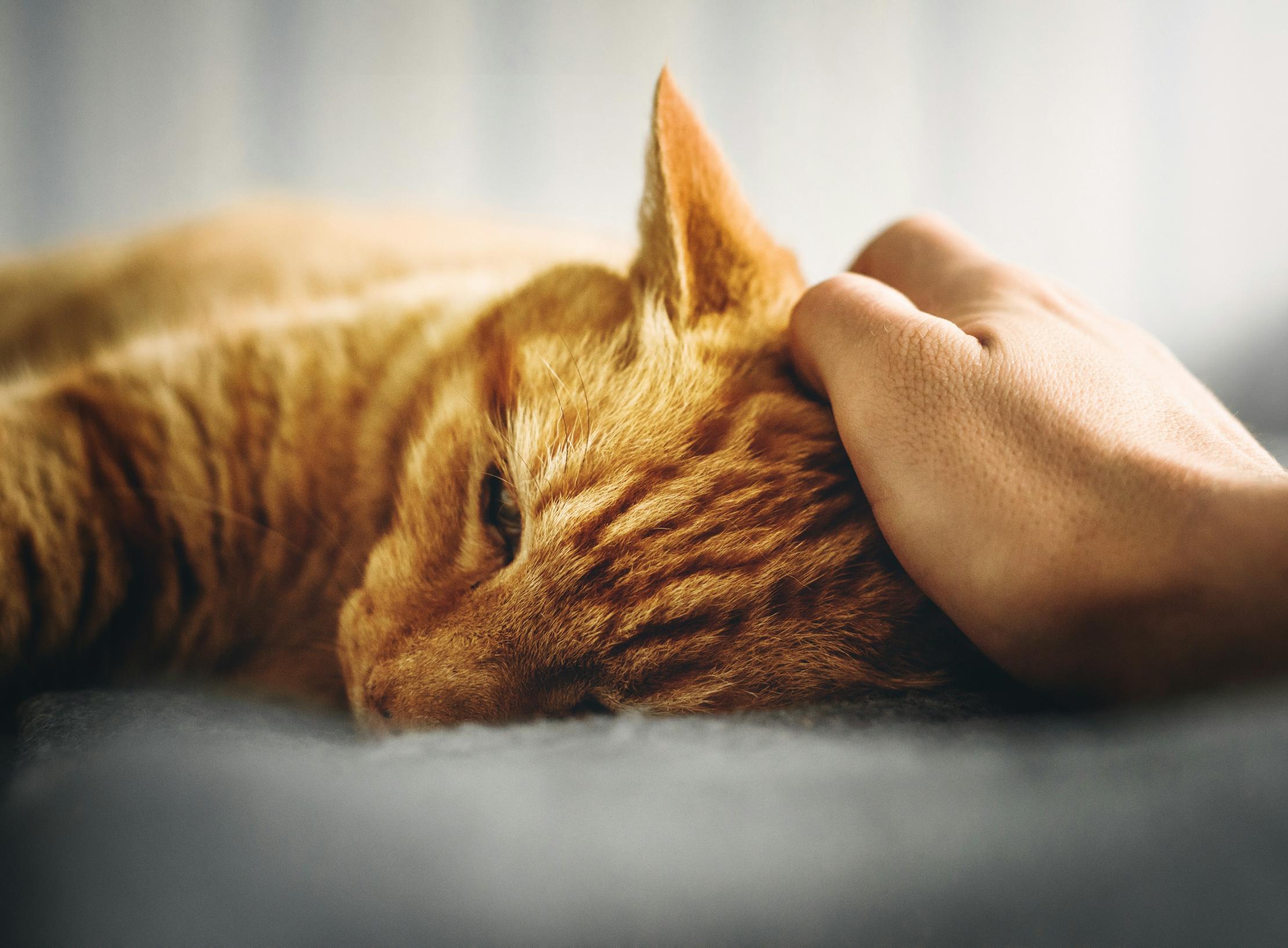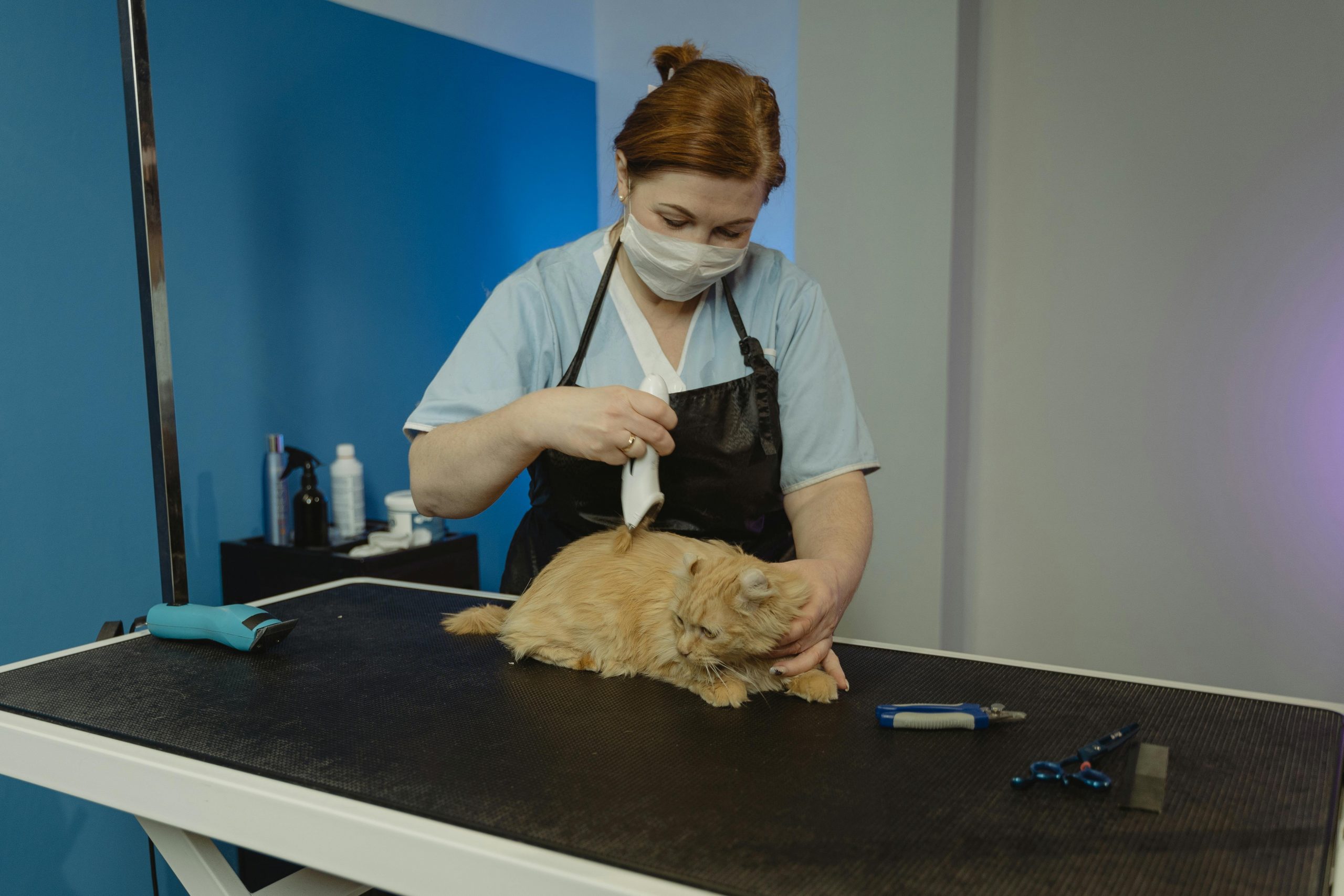
Seeing your cat vomit can be scary—especially when the liquid is yellow. You might ask, “Is my cat sick?” or “Should I take them to the vet?” Don’t panic. In many cases, yellow vomit isn’t an emergency, but it can still be a sign that something’s wrong.
This article explains what yellow vomit in cats means, common causes, when to see a vet, and how you can help your furry friend feel better.
What Is the Yellow Liquid Cats Throw Up?

The yellow liquid is usually bile, a digestive fluid made in the liver. Bile helps break down food in the small intestine. It’s stored in the gallbladder and released into the digestive tract during meals.
If your cat throws up yellow liquid, it often means they are vomiting on an empty stomach. The bile has nowhere to go and comes back up. But bile can also show up due to other problems, like digestive issues or illness.
Common Causes of Yellow Vomit in Cats
Let’s look at the most common reasons your cat may be throwing up yellow liquid.
1. Empty Stomach or Hunger Vomiting
When a cat goes too long without eating, bile can build up and irritate their stomach lining. This leads to vomiting.
Signs:
- Yellow foam or watery liquid
- Usually happens early in the morning or between meals
- Cat acts normal afterward
What to do: Try feeding smaller, more frequent meals. A bedtime snack can help prevent morning vomiting.
2. Hairballs
Cats groom themselves by licking, which means they swallow hair. Too much hair can form a hairball in the stomach and cause irritation.
Signs:
- Vomiting yellow liquid or foam
- Gagging or hacking
- Bits of hair may be in the vomit
What to do: Brush your cat regularly and give hairball control treats or gel. If hairballs are frequent, ask your vet for advice.
3. Dietary Issues or Food Intolerance
Cats can throw up if they eat something that doesn’t agree with them. This includes spoiled food, new food, or table scraps.
Signs:
- Yellow or greenish vomit
- Diarrhea or upset stomach
- Lethargy or loss of appetite
What to do: Stick to a steady diet. Avoid sudden food changes and never give your cat human food unless your vet says it’s safe.
4. Eating Too Fast
Some cats eat quickly, swallow air, and then throw up—not just food but also bile.
Signs:
- Vomiting shortly after meals
- Yellow liquid mixed with food
- Hungry again right after vomiting
What to do: Use a slow feeder bowl or puzzle toy to slow down eating. Feed smaller meals more often.
5. Parasites
Intestinal worms can irritate the digestive system and cause vomiting.
Signs:
- Vomiting yellow liquid
- Diarrhea or weight loss
- Worms may be visible in stool or vomit
What to do: Talk to your vet about a safe dewormer. Keep your cat’s flea treatment up to date, as fleas can carry tapeworms.
6. Inflammatory Bowel Disease (IBD)
IBD is a condition where a cat’s stomach or intestines get inflamed. It can lead to frequent vomiting and other digestive issues.
Signs:
- Chronic vomiting (often yellow)
- Diarrhea or constipation
- Weight loss or poor appetite
What to do: Your vet may suggest special diets, medication, or tests to manage the condition.
7. Liver or Kidney Disease
Both the liver and kidneys help remove waste from the body. When they don’t work right, your cat may vomit.
Signs:
- Yellow vomit
- Bad breath or drooling
- Drinking more or peeing more
- Weight loss or weakness
What to do: These are serious conditions. See your vet for blood tests and care options.
8. Toxins or Poisoning
If your cat ate something toxic, vomiting bile might be the first sign.
Common toxins include:
- Certain plants (like lilies)
- Cleaning products
- Human medications
- Insecticides
Signs:
- Sudden vomiting (possibly yellow)
- Drooling, shaking, or seizures
- Collapse or trouble breathing
What to do:
Go to the vet or emergency clinic right away. Bring a sample of the vomit or the toxin, if possible.
When to Worry About Yellow Vomit
If your cat throws up yellow liquid once in a while and still acts normal, it may not be serious. Some cats occasionally vomit bile if their stomach is empty for too long. But if vomiting becomes frequent or comes with other signs, it could point to a health problem that needs a vet’s attention.
Call your vet if you notice:
- Vomiting more than once a day: Frequent vomiting could mean something more serious, like an infection, blockage, or organ problem.
- Vomiting that lasts more than 2 days: Even if it’s just yellow liquid, vomiting over multiple days is not normal.
- Yellow vomit that contains blood, foam, or worms: This can be a sign of stomach ulcers, parasites, or internal bleeding and needs urgent care.
- Diarrhea, weight loss, or very low energy: If vomiting is happening with other symptoms, your cat could be getting weak or dehydrated.
- Not eating or drinking: Cats can become very sick if they stop eating or drinking for more than a day. This could lead to serious problems like fatty liver disease.
Cats are very good at hiding pain or discomfort, so small changes in behavior can be easy to miss. If your cat seems “off” in any way—like hiding more, acting tired, or refusing food—it’s better to call your vet early rather than wait.
What Your Vet Might Do
When you bring your cat to the vet for throwing up yellow liquid, the vet will try to find out what’s causing it. They may take several steps to figure it out and decide on the best treatment. Here’s what you can expect:
- Check your cat’s vital signs. This includes temperature, heart rate, and breathing. The vet will also gently feel your cat’s belly to check for pain, swelling, or hard lumps.
- Run blood tests. Bloodwork can check how well your cat’s liver, kidneys, and pancreas are working. It can also reveal signs of infection or dehydration.
- Take X-rays or perform an ultrasound. These imaging tests help the vet look inside your cat’s stomach and intestines. They’re useful for spotting blockages, tumors, or swelling.
- Ask about your cat’s diet and habits. The vet will want to know what your cat eats, how often they vomit, any recent changes at home, and if they might have eaten something toxic.
- Check stool samples or test for parasites. If needed, your vet might ask for a poop sample to check for worms or other gut problems.
Treatment Options
Once the vet knows the cause, they’ll choose the right treatment. That might include:
- Fluids (by mouth or under the skin) to fix dehydration
- Anti-nausea medication to help settle your cat’s stomach
- Antacids or stomach protectants to reduce irritation
- Prescription diets that are easy to digest
- Dewormers or antibiotics, if parasites or infections are found
- Surgery or specialist care, if something serious is discovered (like a blockage)
Catching the problem early gives your cat the best chance to recover quickly. Always follow your vet’s advice and schedule any follow-up visits they recommend.
How to Prevent Your Cat from Throwing Up Yellow Liquid
Prevention is always better than treatment. While you can’t stop every case of vomiting, here are some easy steps to lower the chances:
- Stick to a consistent feeding schedule. Don’t let your cat go too long without food. Try feeding them 2–3 small meals a day.
- Avoid sudden food changes. Always introduce new foods slowly, over 7–10 days.
- Use puzzle feeders or slow-feed bowls. This helps cats who eat too quickly.
- Brush your cat regularly. This reduces hairballs and helps their stomach stay calm.
- Keep harmful items out of reach. Lock away plants, chemicals, and medications that could be toxic.
- Keep up with vet checkups. Regular exams can catch health issues before they become serious.
With a little care and attention, you can help keep your cat’s tummy happy and avoid those yellow puddles on your floor.
Home Care Tips for a Cat Throwing Up Yellow Liquid
If your cat is only throwing up yellow liquid once in a while and seems healthy otherwise, you might be able to manage it at home. These tips can help calm your cat’s stomach and prevent future vomiting:
1. Feed Small Meals More Often
Cats sometimes vomit yellow liquid (which is often bile) when their stomach is empty for too long. Feeding smaller meals two to four times a day can help keep their stomach from getting too empty.
2. Keep Fresh Water Available at All Times
Hydration is very important, especially after vomiting. Make sure your cat always has access to clean, fresh water. Some cats prefer running water, so a cat water fountain may help them drink more.
3. Avoid Fatty, Spicy, or New Foods
Stick to a simple, bland diet. Foods that are rich, oily, or new to your cat can upset their stomach. Avoid giving your cat human food or treats with unfamiliar ingredients.
4. Switch Foods Gradually
If you need to change your cat’s food, do it slowly over 7–10 days. Start by mixing a small amount of the new food with their current food, and gradually increase the amount over time. Sudden food changes can cause stomach upset.
5. Use a Slow-Feeder Bowl
If your cat eats too quickly, they may swallow too much air, leading to vomiting. A slow-feeder bowl or puzzle feeder forces them to eat more slowly, which can help reduce vomiting.
6. Brush Your Cat Often
Regular grooming helps reduce the amount of hair your cat swallows while cleaning itself. This lowers the chance of hairballs, which can sometimes cause vomiting.
7. Keep Toxic Items Out of Reach
Many household items—like plants, cleaning products, or human medicine—can make your cat sick if they’re eaten. Store harmful items in secure places your cat can’t access.
If your cat seems to feel better after trying these steps, a vet visit may not be needed. But trust your gut—you know your cat best. If the vomiting continues or anything feels off, it’s always safer to check with a veterinarian.
Final Thoughts
A cat throwing up yellow liquid is often dealing with an empty stomach or something minor like a hairball. But it can also signal a more serious issue like digestive disease, liver trouble, or poisoning. Keep an eye on the symptoms, and don’t hesitate to call your vet if the vomiting continues or your cat seems sick.
Catching a problem early can make a big difference in your cat’s health and happiness.

